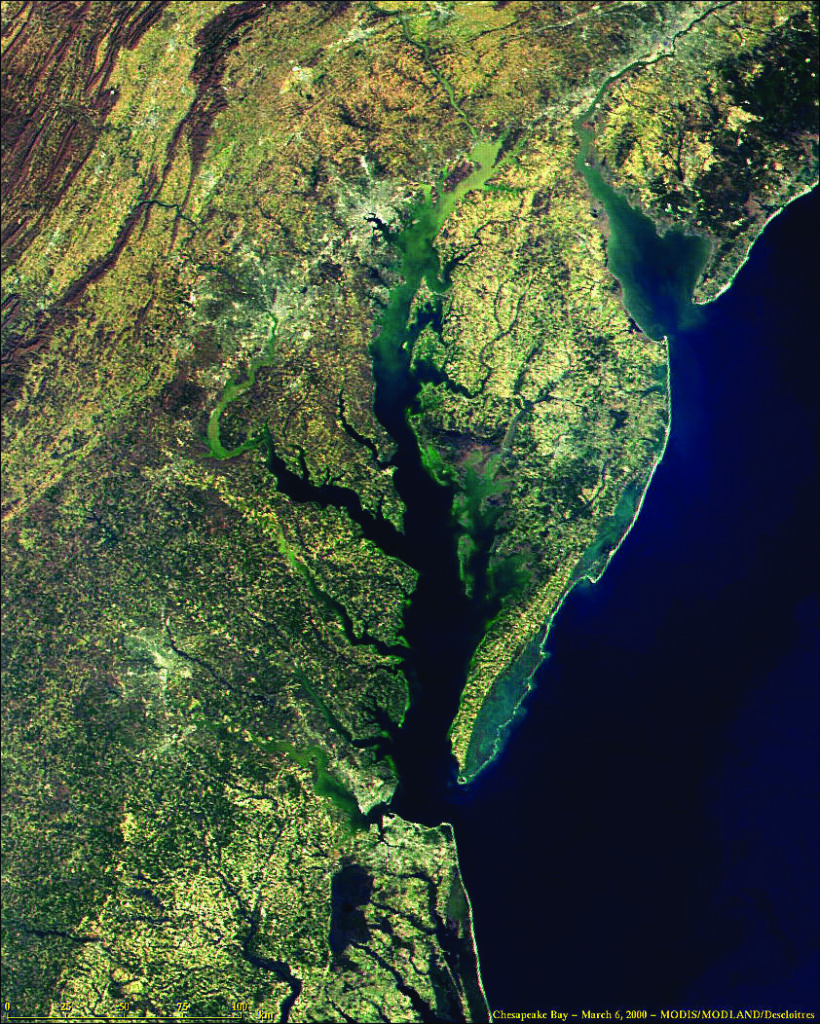There has been much trepidation among fishermen about what the National Marine Fisheries Service will do next regarding the rules and regulations for recreational and commercial harvesting of striped bass along the East Coast. The latest news from Maryland, where the vast majority of striped bass breed in the winter, is not what we were hoping to hear.
The results from the Maryland Dept. of Natural Resources 2023 Young-of-Year Striper Survey in the Chesapeake Bay were released on Oct. 12, and not only was this the striped bass’s fifth consecutive below-average spawn, it’s the worst spawn since 2012.
Spawning is a temperature-driven activity. Sexually mature bass migrate to the Chesapeake Bay to spawn in March, April, and May. But the East Coast had another mild, dry winter last year, and less snowfall means less snowmelt to cool the Chesapeake and the streams where spawning occurs. This has been a driving factor in the poor spawning outcomes for this fish.

Conveniently, the stripers’ migration also normally coincides with the seasonal arrival of zooplankton and other microscopic animals that larval striped bass eat. But other research is indicating that the food supply is also being altered by warmer winters, according to Maryland’s DNR report.
This is a reminder that many different factors affect the fisheries, including things that are out of our control. As DNR Fisheries and Boating Director Lynn Fegley said on the announcement of her department’s report, “It’s important to remember that increasing the size of the striped bass stock does not guarantee strong reproduction.”
There’s really not much recreational fishermen can do about the low striped bass reproduction rates we’ve been seeing since 2019, but we can help protect the fish we have. Appropriate catch and release practices will certainly make a difference in the survival of more striped bass. Which has to happen, as Fegley said, so that when spawning conditions become more conducive to success, the fish will be there to spawn.
We do have some good news from the Chesapeake Bay: the nutrient pollution reduction efforts throughout the basin have reduced the number of episodes of hypoxia — those roving areas of oxygen-deficient water that dramatically affect striped bass along with other sea life.
How this will all play into what is decided for next season’s fishing rules for both recreational and commercial striped bass fishermen remains to be seen. But the data showing the lack of spawning success could be used to the advantage of those who are advocating for a complete shutdown of the fishery moving forward.
What can I tell you? A closure would obviously have a dramatic negative effect on charter and party-boat fishing businesses like mine across the Cape.
Meanwhile, as I have written here before, I am strongly of the opinion that our current slot rules actually work against protection of the species because they necessitate too many releases.
We will see what they come up with for the 2024 season.



